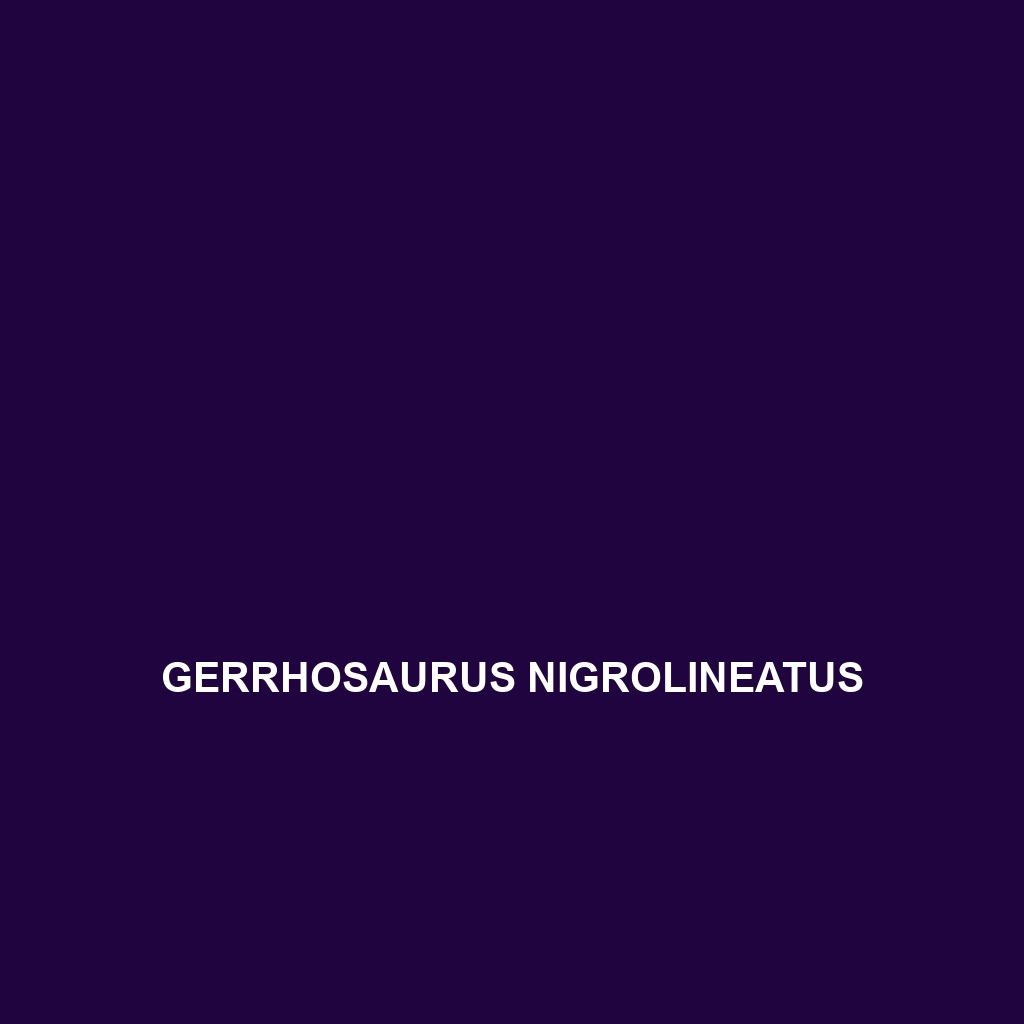<p>The <b>Laudakia vulgaris</b>, or common agama, is a robust lizard native to South Asia, known for its impressive adaptability to rocky and arid habitats. With males exhibiting vibrant colors during mating and a diet primarily consisting of insects, this species plays a crucial role in its ecosystem by controlling insect populations and serving as prey for larger predators.</p>
Tag: territorial behavior in lizards
Holbrookia elegans
Common Name Holbrookia elegans Scientific Name Holbrookia elegans Habitat Holbrookia elegans, commonly known as the elegant earless lizard, is primarily found across arid and semi-arid regions of the southwestern United States and northwestern Mexico. This species is typically associated with habitats like deserts and scrublands, thriving in areas featuring sandy soils and sparse vegetation. It […]
Gonatodes vittatus
Discover the Gonatodes vittatus, a vibrant green lizard native to the Amazon Basin, known for its striking yellow or white stripes and nocturnal foraging behavior. Thriving in humid rainforests, this insectivore plays a crucial role in controlling insect populations while showcasing fascinating mating displays and adaptability in various habitats.
Gerrhosaurus nigrolineatus
The <b>Gerrhosaurus nigrolineatus</b>, or black-lined plated lizard, is a resilient omnivore native to the savannas and scrublands of Southern Africa, recognized for its robust body, striking brown and black striped coloration, and adaptability through unique behaviors including autotomy. This diurnal species plays a vital role in its ecosystem by controlling pest populations and promoting plant growth through its foraging habits.
Eutropis caraga
Discover the fascinating Eutropis caraga, a resilient lizard native to tropical Southeast Asia, known for its adaptable size and striking coloration. With a diverse diet of insects, this diurnal species plays a crucial role in its ecosystem by controlling insect populations and promoting plant growth through seed dispersal.
Eremias nikolskii
Eremias nikolskii, known as Nikolski's racerunner, is a medium-sized, agile lizard native to the arid grasslands and steppe regions of Central Asia. This insectivorous species is recognized for its impressive speed of up to 30 km/h, distinct coloration for effective camouflage, and unique ability to regrow its tail after shedding it to escape predators.
Eremias buechneri
Eremias buechneri, also known as Buchner's racerunner, is a medium-sized, agile lizard native to the semi-arid regions of Central Asia, known for its distinct sandy brown coloration and impressive speed. Primarily insectivorous, it plays a vital role in controlling insect populations while thriving in rocky, dry habitats.
Echinosaura centralis
<p><b>Echinosaura centralis</b> is a vibrant omnivorous lizard found in the tropical rainforests and savannas of Central America, known for its distinctive spines, prehensile tail, and nocturnal behavior. This versatile species contributes to its ecosystem by controlling insect populations and facilitating seed dispersal while exhibiting a fascinating social hierarchy and camouflage abilities.</p>
Diporiphora amphiboluroides
Diporiphora amphiboluroides, commonly known as the southern dragon lizard, is an insectivorous species found in southern Australia's woodlands and grasslands. These lizards reach lengths of 15 to 20 cm, known for their slender bodies, flattened heads, and color-changing ability, which aids in camouflage and thermoregulation.
Diplolaemus darwinii
Diplolaemus darwinii, a vibrant medium-sized lizard found in the sandy coastal regions and shrublands of South America, particularly Argentina and Chile. Known for its coloration and diurnal basking behavior, this species plays a crucial role in its ecosystem by controlling insect populations and supporting biodiversity.









